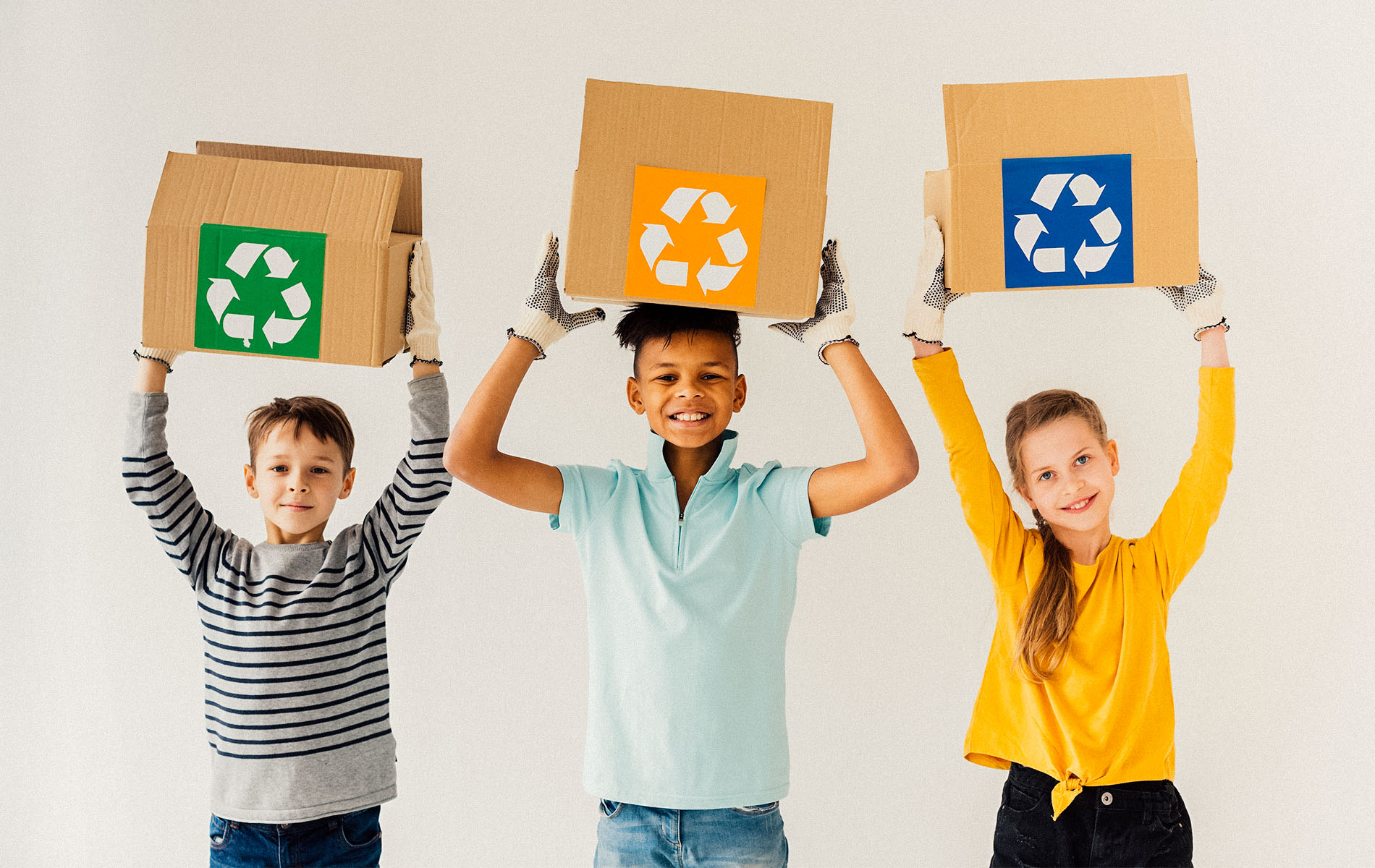“Non sei troppo piccolo per fare cose grandi” translated to English as “The Schoolgirl Who Went On Strike To Save The Planet”.
This is the title of a book published by the youngest environmental activist, Greta Thunberg.
We all met Greta in 2018 when she started demonstrating in front of the Swedish national parliament, she was 15 years old.
Why is her example so important ?
Even though she was very young, with her ideals and determination she gave a moral slap in the face to the adults, who are too busy with other things to seriously deal with the environmental problem.
She was joined by hundreds of young environmentalists who want to live on a healthy planet.
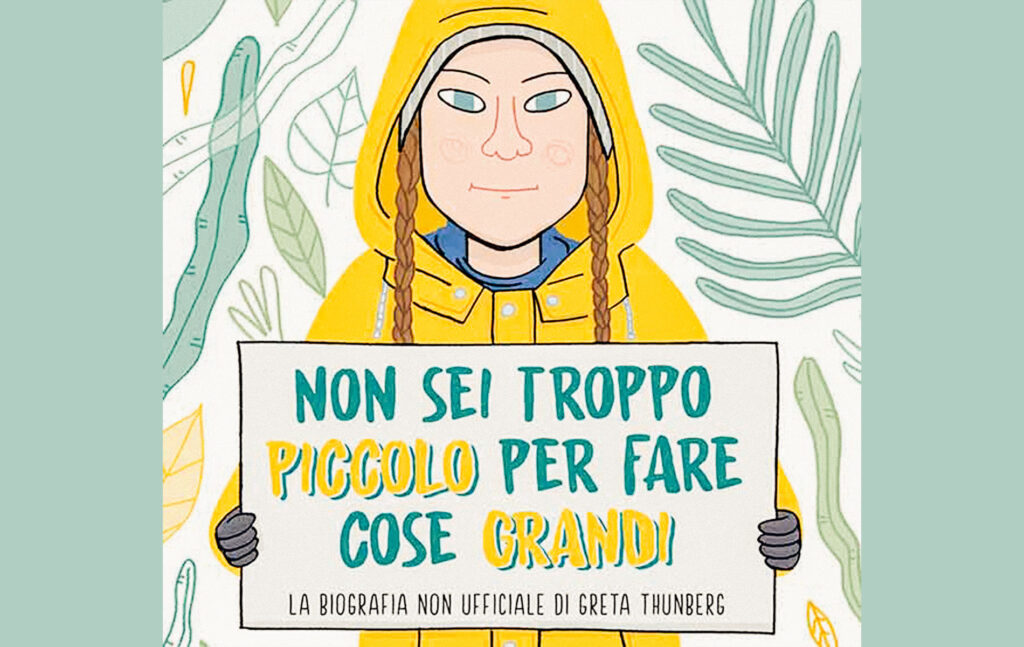
Young people are the hope for the future of our planet and, raising their awareness of the environmental issue is not absolutely obvious, but certainly it’s very important if we want to have a planet where to live.
Parents certainly have an important role in educating respect, progress in sustainable terms and in inspiring young people to ideals of a better collective life.
Educational institutions, at every level, have no less responsibility and also a strong power to implement important transformations from which we can all derive essential benefits.
Small examples of young environmentalists
In some elementary schools, the children have created small vegetable gardens managed by themselves. This allows them to have direct contact with nature, understanding its times and difficulties. In this way it will be easier to raise their awareness for that nature they have taken care of and which has given them high quality edible goods.
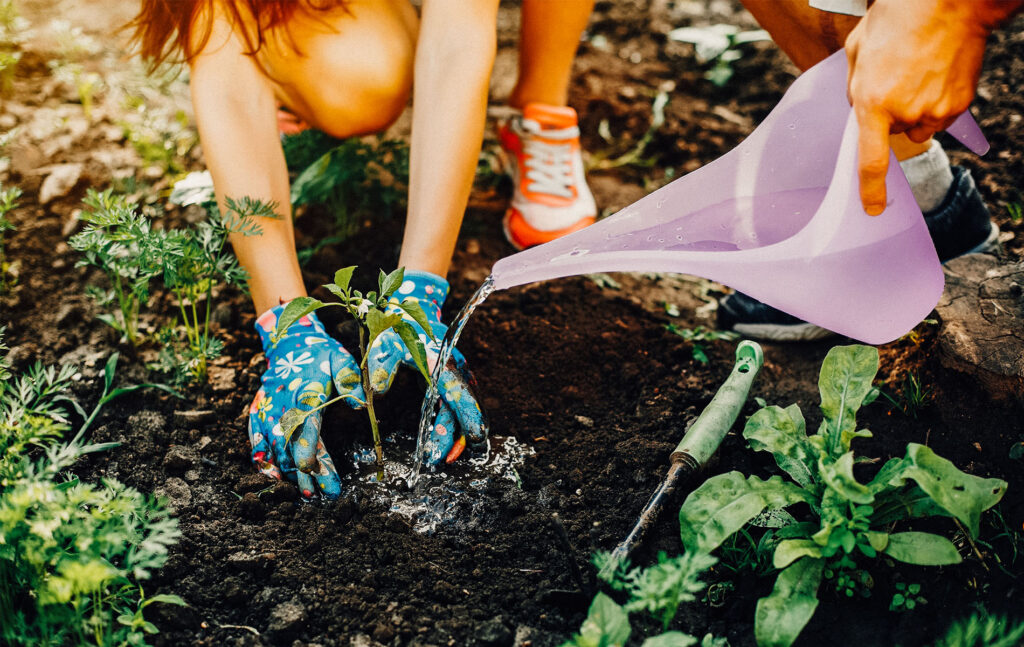
There are many initiatives in schools around the world on the topic of recycling materials and objects. Using waste products that may seem like rubbish to some people, will open their minds to a circular economy, where products have a much longer life than what we think.
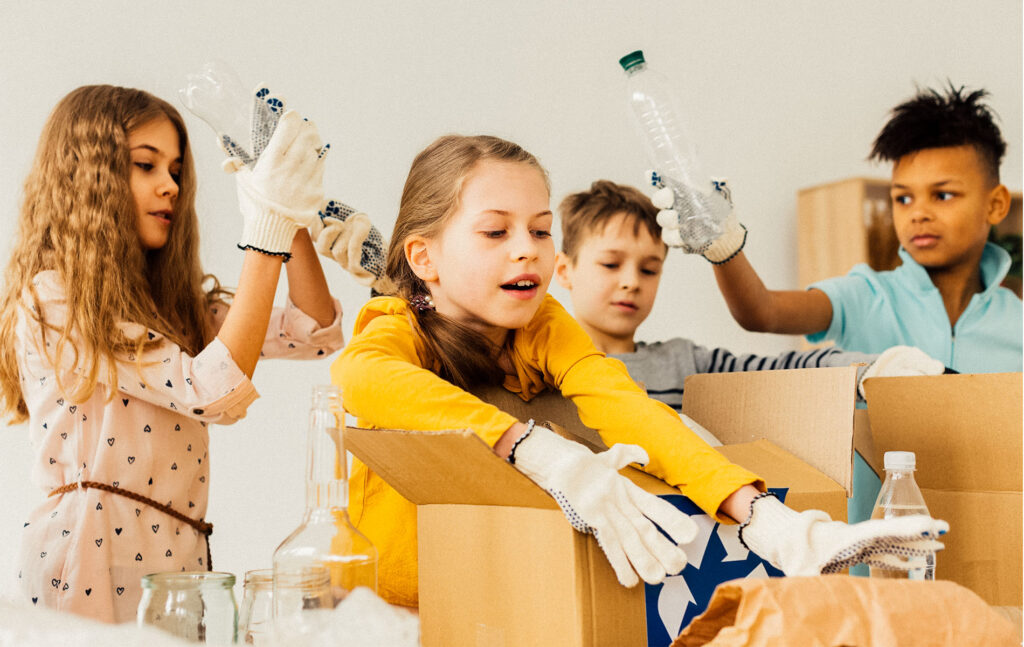
Energy saving becomes a topic of vital importance in schools. Also in this case there are many initiatives and projects created by schools to raise awareness among young children about understanding what is offered to us and how we can manage it to take advantage of it without exhausting the resources at our disposal.
Some completed projects
The idea of murals made with colors that absorb carbon dioxide was born in an Italian high school. When sunlight comes into contact with the colored walls, the nitrogen oxide concentrations are reduced. Thanks to this, there is a clear improvement in the quality of the air that the students breathe.
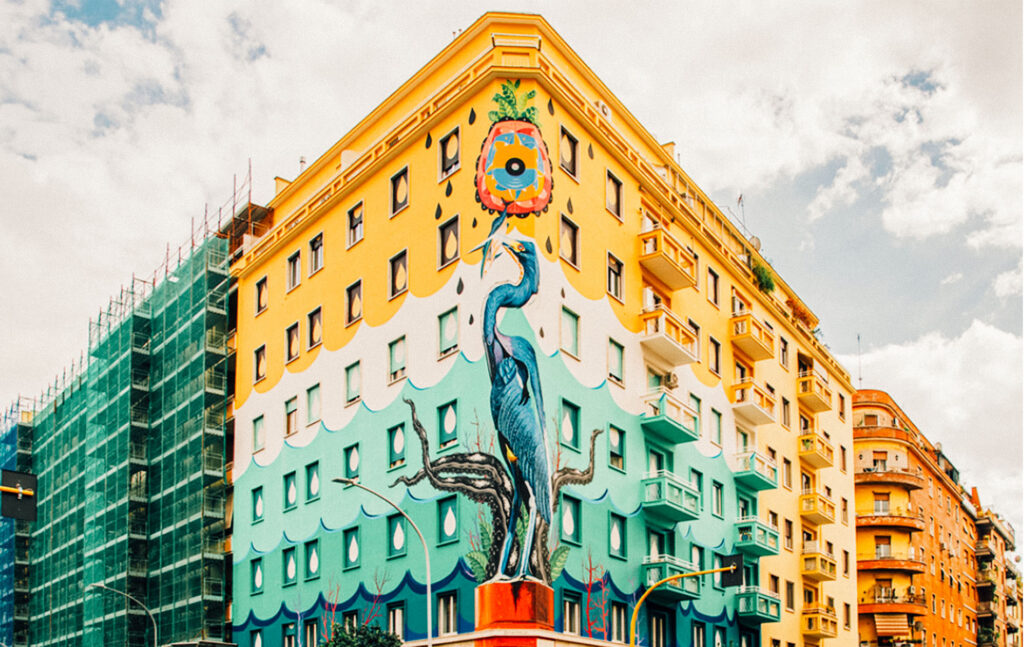
Meanwhile, in Taiwan they have created a protective structure that acts like a flower. Thanks to a fluorescent protein inside it, it is able to absorb ultraviolet light and opens and closes based on the intensity of the UV. Therefore, during the day it becomes an umbrella to shelter from the sun, and at night an artistic installation.
Also from at the Tawain University of Science and Technology was born the “Carbon Dioxide Purification Tower”. This tower, thanks to the use of genetically modified bacteria and devil’s ivy, manages to decompose excess carbon dioxide emissions.
In Nigeria, four teenage girls started a truly alternative project: a urine-powered generator. The urine reaches an electrolytic cell, here the hydrogen is separated and subsequently purified through a water filter. The hydrogen obtained thus powers a generator, creating electricity. We still cannot take advantage of the benefits of this project as it is still in development.
The University of Art in London decided to create much more detailed labels, placed inside the clothing. Why? The longer the label, the more understandable the amount of energy used to produce that item will be. The consumer will be better informed and will make a careful evaluation of the purchase.
Conclusion
Schools and universities have great potential, they have the minds of the youngest in their ‘hands’, not only because they can raise their awareness of environmental issues, but because they are real resources for the creation and implementation of new ideas to make our planet again an Eden.
The sensitive and informed young people of today will be responsible and creative adults tomorrow!


